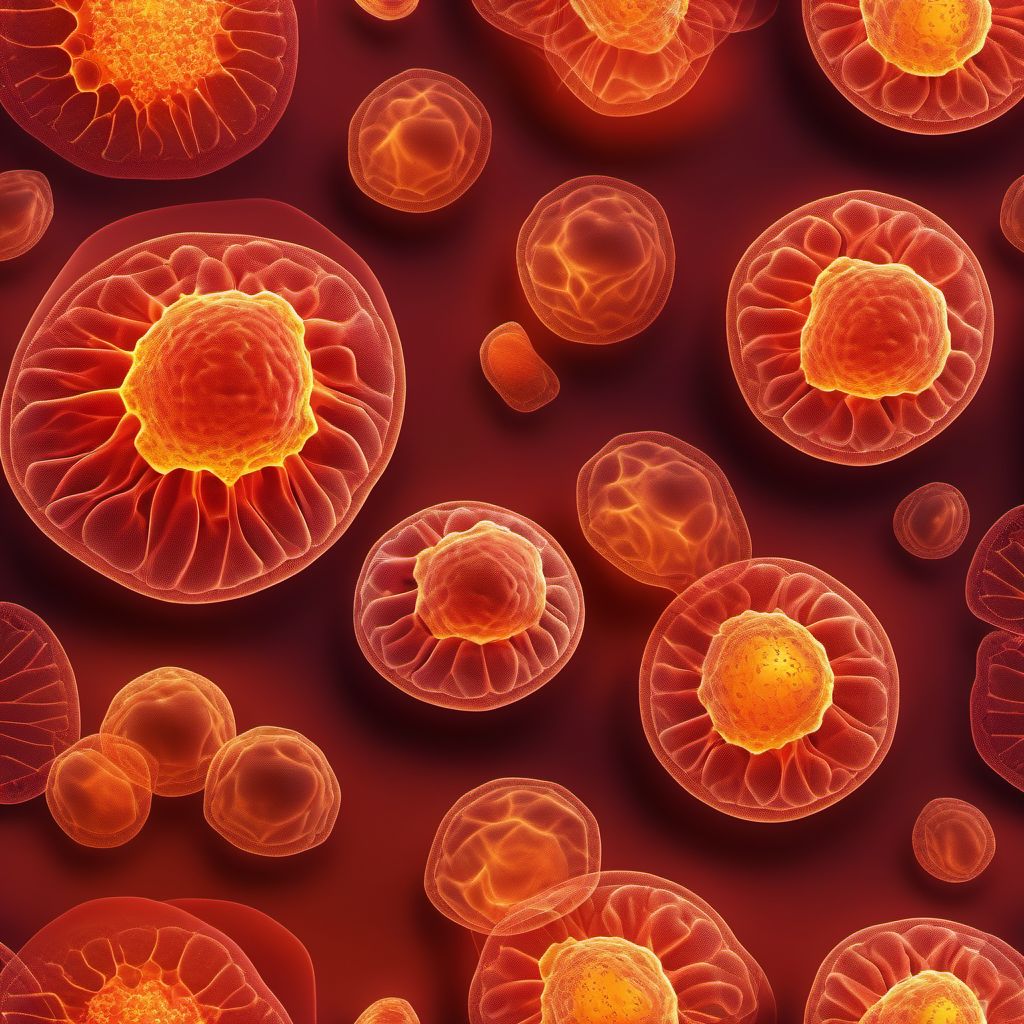
Tuberculosis of skin and subcutaneous tissue Save
ICD-10 code: A18.4
Chapter: Certain infectious and parasitic diseases
Tuberculosis of Skin and Subcutaneous Tissue: Causes, Symptoms, and Treatment
Tuberculosis, commonly known as TB, is a bacterial infection that primarily affects the lungs. However, it can also affect other parts of the body, including the skin and subcutaneous tissue. When TB affects the skin and subcutaneous tissue, it is known as cutaneous tuberculosis or tuberculosis of the skin.
There are two types of cutaneous tuberculosis: primary and secondary. Primary cutaneous tuberculosis occurs when the bacteria enter the skin directly through a cut or wound. Secondary cutaneous tuberculosis occurs when the bacteria spread from the lungs or other organs to the skin.
Causes of Tuberculosis of Skin and Subcutaneous Tissue
The bacteria that cause tuberculosis are called Mycobacterium tuberculosis. These bacteria can enter the body through the air we breathe and can travel from the lungs to other parts of the body, including the skin and subcutaneous tissue. People with weakened immune systems, such as those with HIV/AIDS or those taking immunosuppressive drugs, are at a higher risk of developing cutaneous tuberculosis.
Symptoms of Tuberculosis of Skin and Subcutaneous Tissue
The symptoms of cutaneous tuberculosis can vary depending on the type of infection. Primary cutaneous tuberculosis usually appears as a small, painless bump that slowly grows into an ulcer. The ulcer may have a yellowish-white center and a raised, reddish-brown border. Secondary cutaneous tuberculosis appears as nodules or plaques on the skin, which may be painful or itchy.
Treatment of Tuberculosis of Skin and Subcutaneous Tissue
Diagnosis of cutaneous tuberculosis is usually made through a skin biopsy. Treatment involves a combination of antibiotics, usually isoniazid, rifampin, and pyrazinamide. Most cases of cutaneous tuberculosis can be treated successfully with a six-month course of antibiotics. It is important to complete the entire course of treatment to prevent the development of drug-resistant TB.
- Always cover your mouth and nose when coughing or sneezing.
- If you suspect you have tuberculosis of the skin or subcutaneous tissue, seek medical attention immediately.
- Complete the entire course of antibiotics as prescribed by your doctor.
- Practice good hygiene, such as washing your hands regularly and avoiding close contact with others who are sick.
In conclusion, cutaneous tuberculosis is a rare but serious infection that can affect the skin and subcutaneous tissue. It is important to seek medical attention if you suspect you have this condition and to complete the entire course of antibiotics to prevent the development of drug-resistant TB.